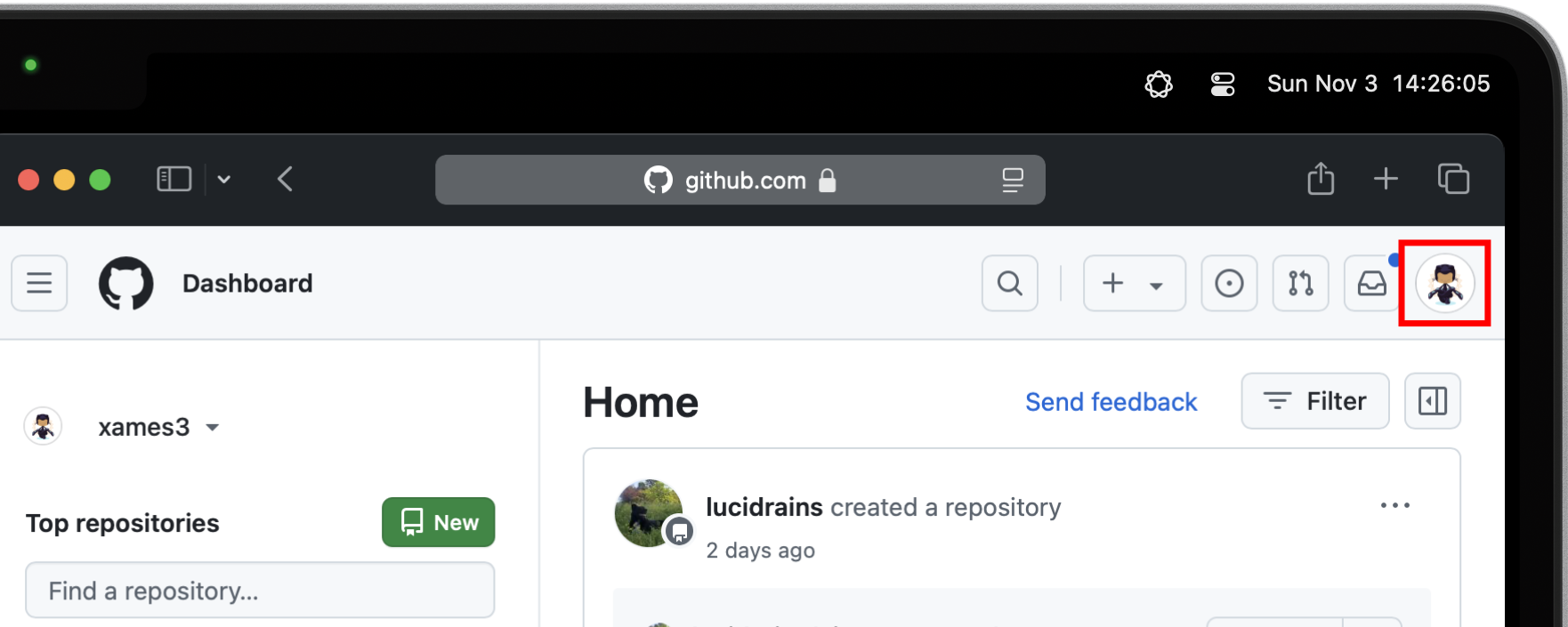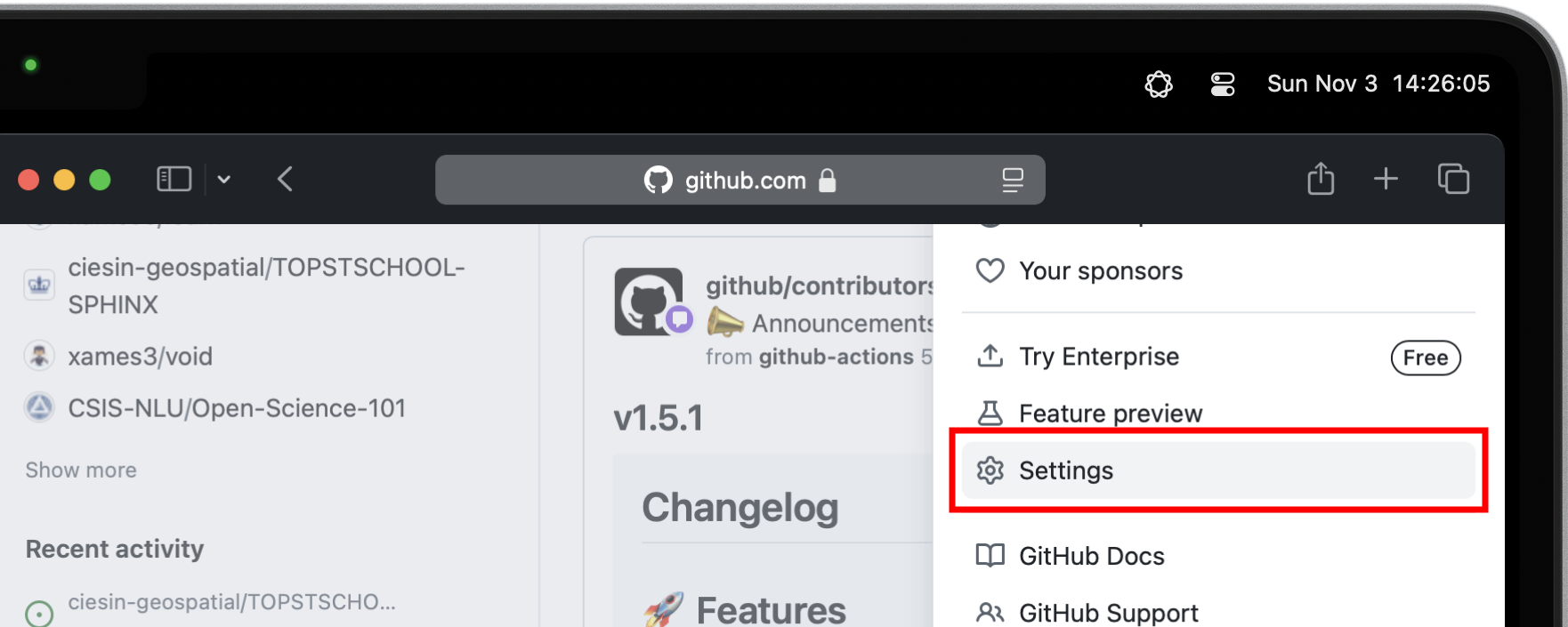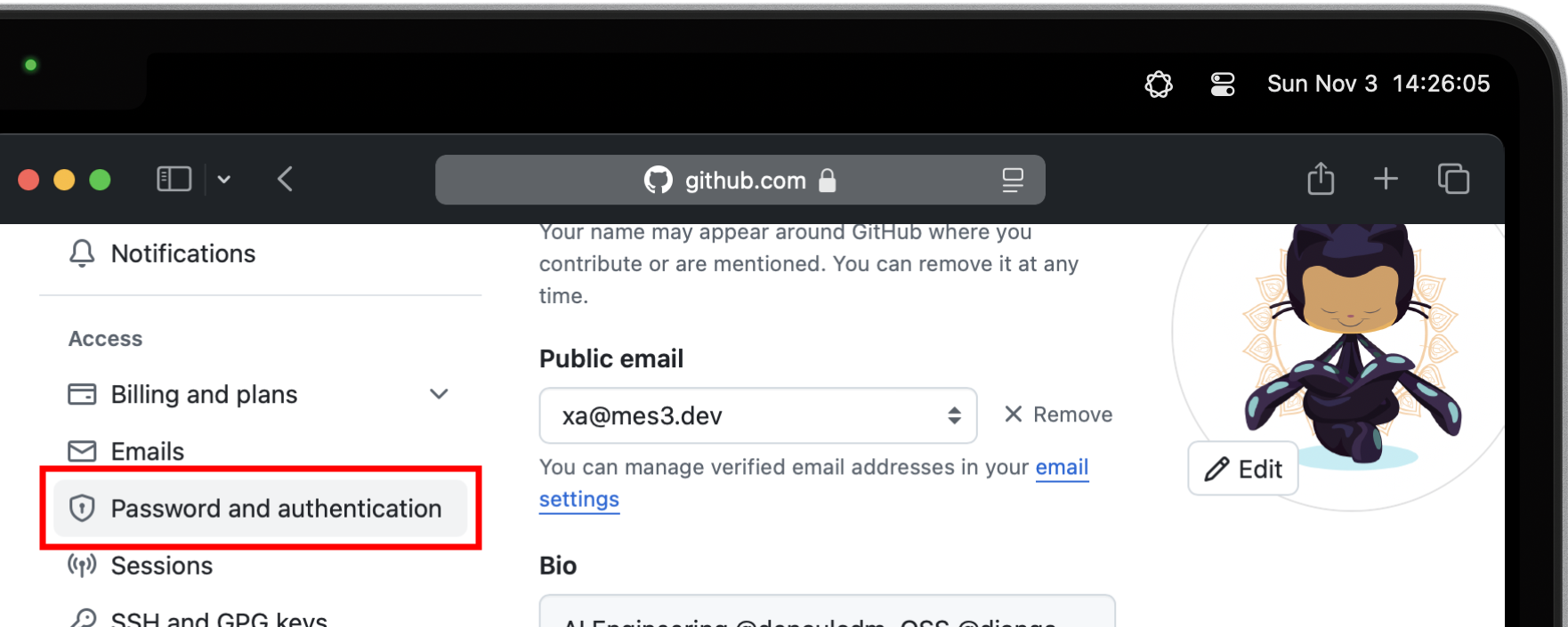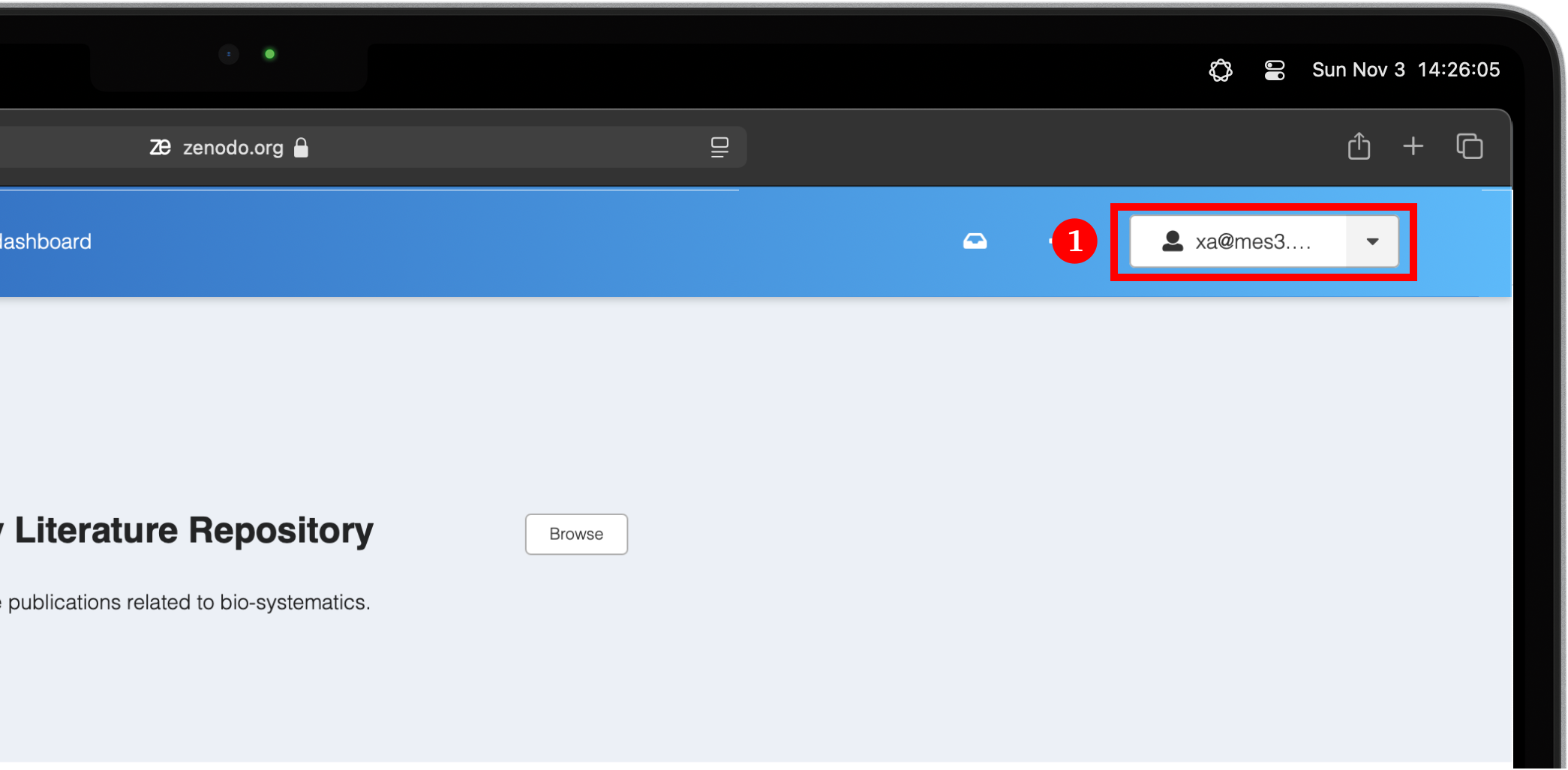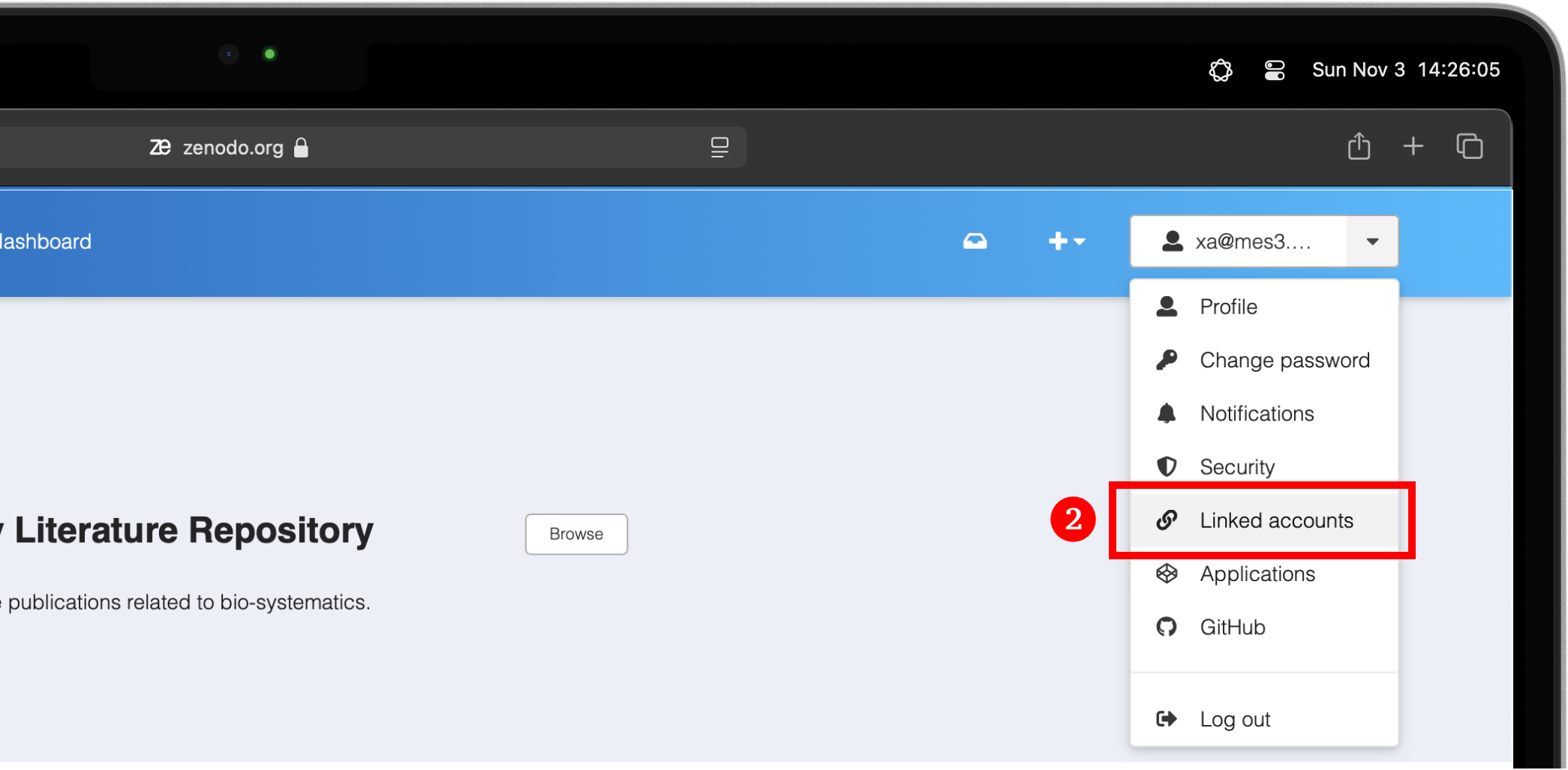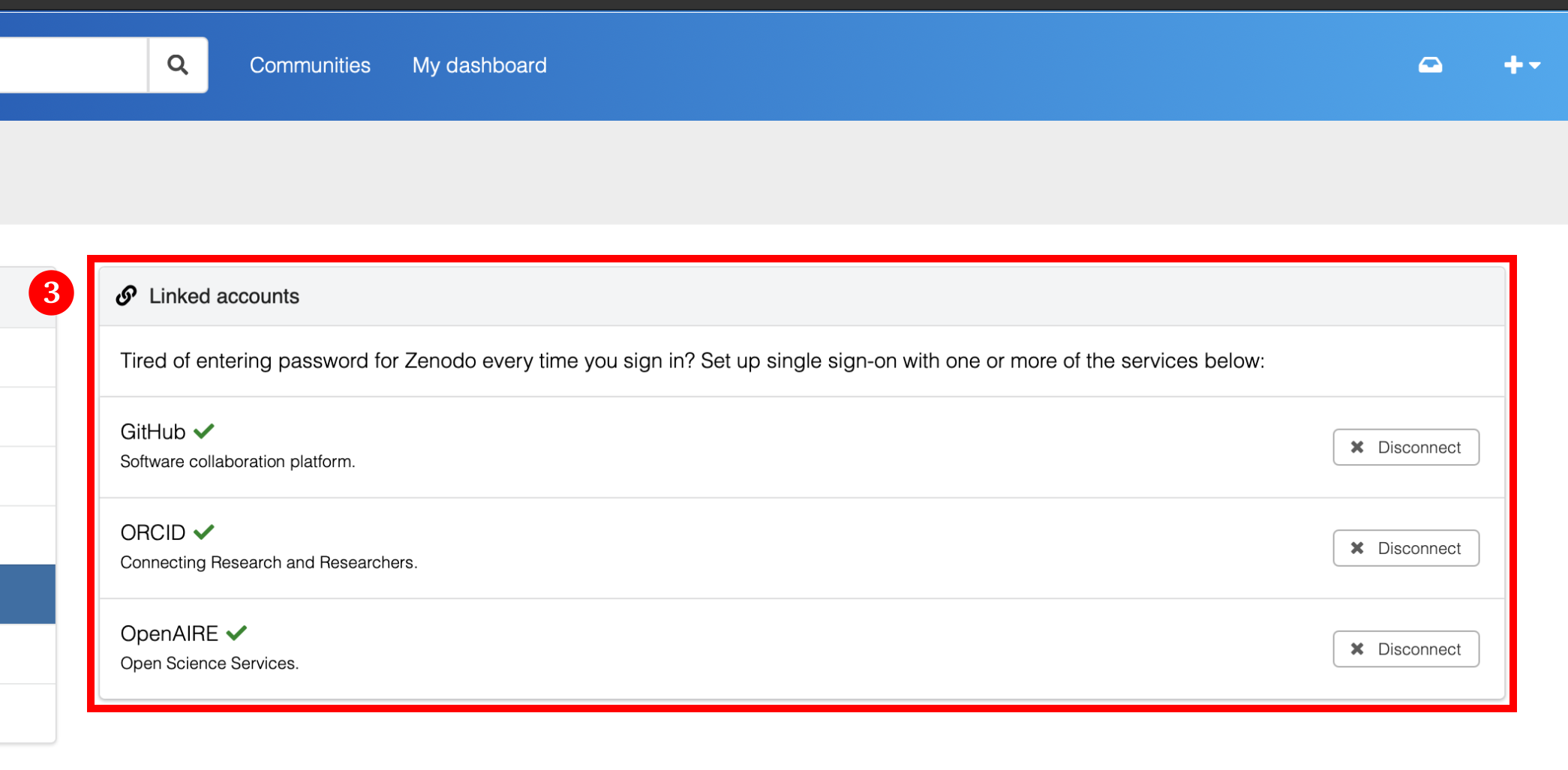Open Science Tools
Equip yourself with the foundational accounts, tools, and practices required to effectively contribute to Open Science and collaborative research.
TOPSTSCHOOL Development Team
Open Science Contributor
In the world of open science, certain digital tools and platforms are indispensable for sharing research, collaborating with peers, and managing your scientific identity. Before diving into your open science journey, setting up accounts on some key platforms will empower you to fully participate in this transparent, collaborative ecosystem. Below, we’ll walk through the importance of each account, real-world use cases, and practical examples of how they are utilized in open science workflows.
These are some of the open science platforms the SCHOOL project used:
GitHub: for code hosting, collaboration, and version control.
ORCID: for creating a persistent researcher ID.
Zenodo: for archiving datasets, code, and obtaining DOIs.
NASA EarthData: for accessing Earth observation data.
GitHub

GitHub is essential for version control, collaboration, and open-source publication. GitHub is also a vibrant community where you can contribute to projects, share data, and collaborate with fellow researchers from all over the world. Whether you’re a beginner or a seasoned coder, GitHub provides the tools you need to manage projects, contribute to Open Science, and share your findings.
Importance for Open Science
Version control, collaboration, and code review.
Transparency and reproducibility.
Publishing packages, data, and workflows.
Steps to create your GitHub account:
Go to https://github.com and click Sign up.
Provide username, email, and password.
Verify your email.
Choose the Free plan.
Visit the Hello World tutorial.

Securing GitHub:
As of March 2023, GitHub required all users who contribute code on GitHub to enable one or more forms of two-factor authentication (2FA). Here’s a detailed guide on securing your GitHub account. All the security settings are accessible using the same steps. Navigate to .
We strongly recommend that you configure 2FA for your account that can help keep your account secure. Here’s how to set it up:
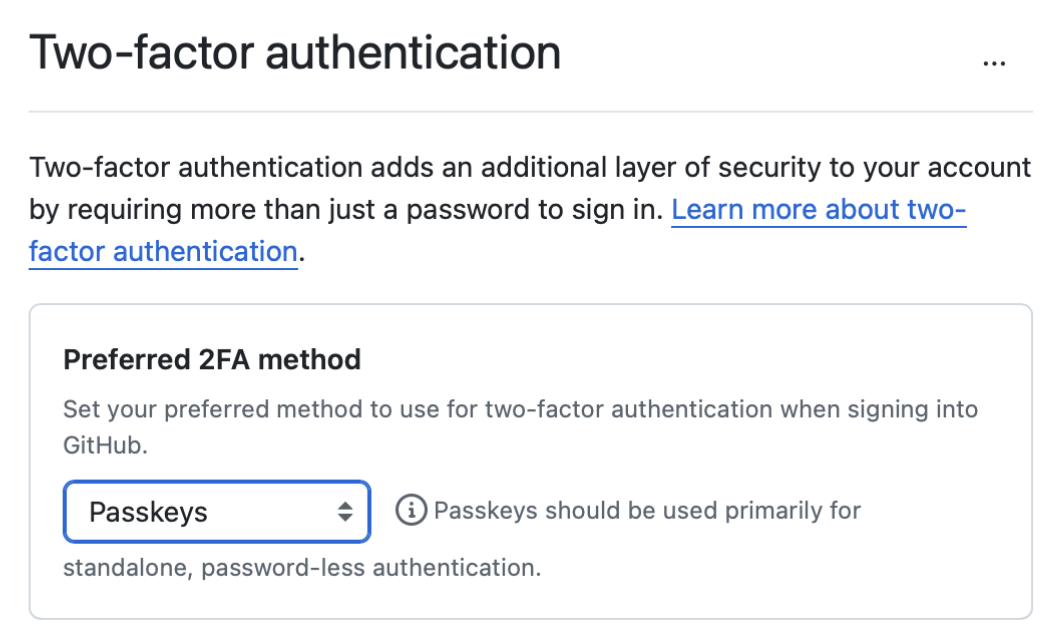
You can add passkeys to your account so that you can sign in safely and easily, without requiring a password and two-factor authentication.
If you use two-factor authentication (2FA), passkeys satisfy both password and 2FA requirements, so you can complete your sign in with a single step. If you don’t use 2FA, using a passkey will skip the requirement to verify a new device via email.
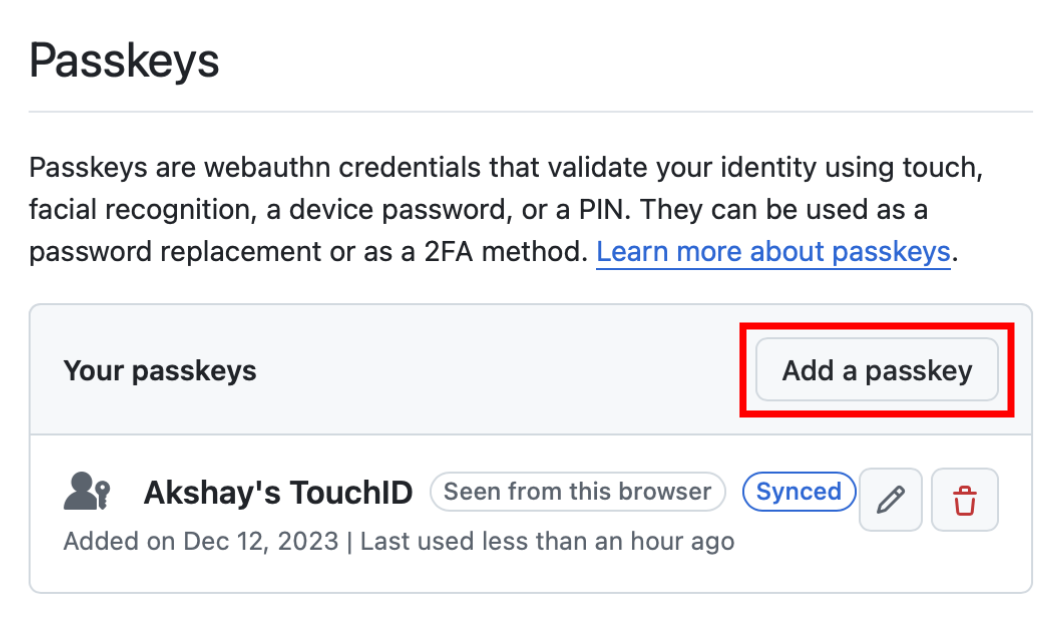
Under the “Passkeys” section, click the button which says “Add a passkey” to begin the a process.
Follow the setup instructions and remaining prompts to complete the setup. [1] At the prompt, follow the steps outlined by the passkey provider.
On the next page, review the information confirming that a passkey was successfully registered, then click Done.
You can access and write data in repositories on GitHub using SSH (Secure Shell Protocol). When you connect via SSH, you authenticate using a private key file on your local machine. When you set up SSH, you will need to generate a new private SSH key and add it to the SSH agent. You must also add the public SSH key to your account on GitHub before you use the key to authenticate or sign commits.
Tip
Using the SSH protocol, you can connect and authenticate to remote servers and services. With SSH keys, you can connect to GitHub without supplying your username and personal access token at each visit. You can also use an SSH key to sign commits.
ORCID
ORCID provides a globally recognized researcher ID.
Steps to create your ORCID:
Visit https://orcid.org/register.
Provide name, email, and password.
Set visibility (recommended: Everyone).
Verify your email.
Tip
Set your visibility preferences. ORCID gives you control over the privacy of your information. You can set your profile to be:
Everyone. Anyone can see your information.
Trusted parties. Only trusted parties (like your institution) can view your profile.
Only me. Only you can see your information.
It is best to keep it Everyone to maximize visibility for your work in Open Science, but you can always change it later.
Customize and link your ORCID:
Add publications, affiliations, and link to GitHub.
Keep your profile updated.
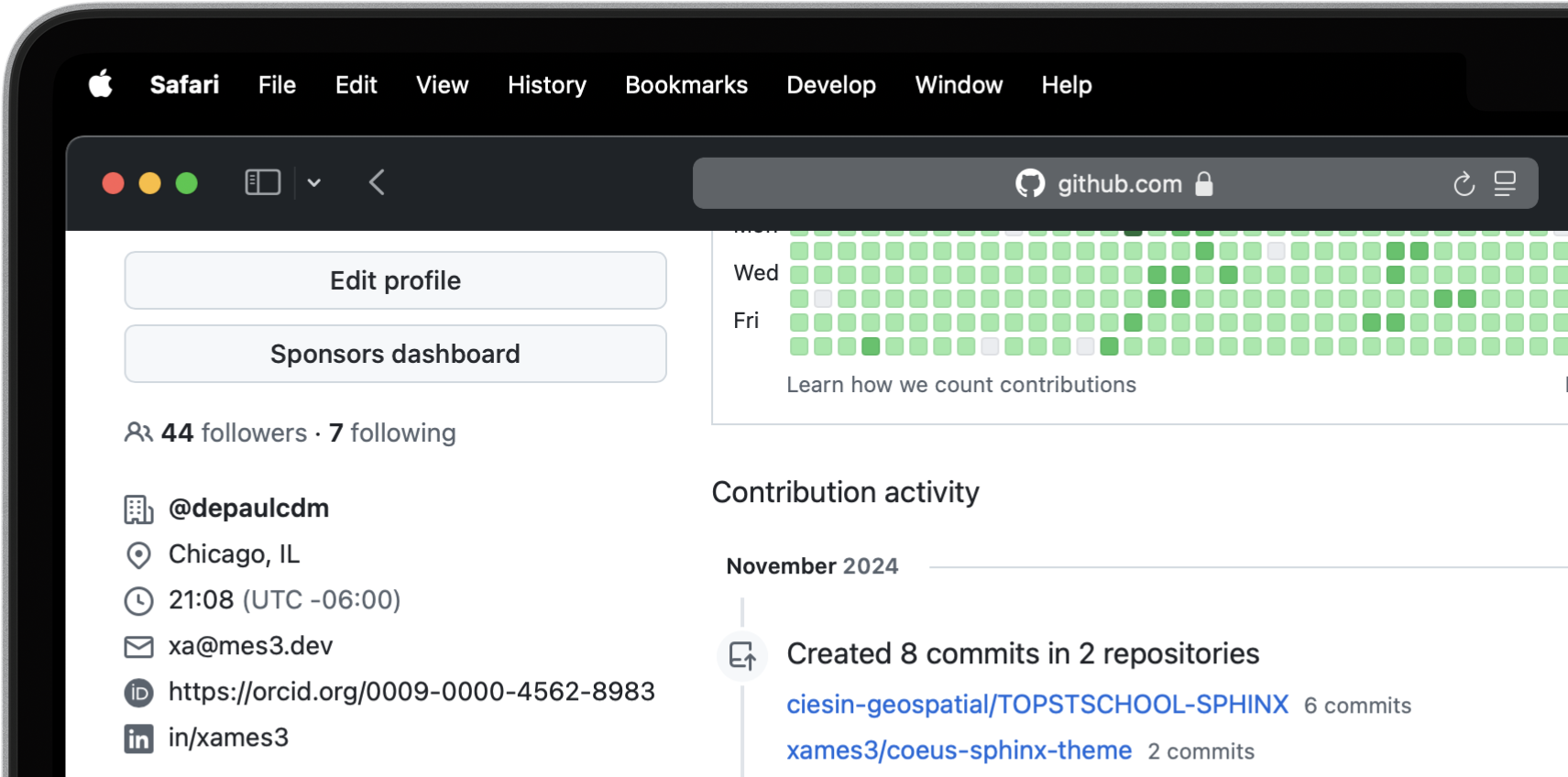
Your ORCID profile is a living document. As your career progresses, be sure to keep it updated with your latest contributions, projects, and affiliations. This is especially important in Open Science, where collaboration and visibility are key. Set a reminder to check and update your profile every few months. That way, your information stays fresh and accurate.
With your ORCID account ready, you’re now one step closer to engaging fully with the Open Science community.
Zenodo

Zenodo is a versatile, open access data repository developed under the European OpenAIRE program and operated by CERN. Launched to support the open science movement, Zenodo provides a platform for researchers to share, publish, and archive a wide variety of research outputs, including datasets, software, publications, and multimedia. It is an indispensable tool for scientists committed to the principles of open science, ensuring that their work is easily findable, accessible, citable, and reusable.
Importance in Open Science
Long-Term Preservation and Accessibility. Zenodo ensures that research outputs are archived securely and remain accessible over the long term. By partnering with CERN, a world leader in data preservation, Zenodo offers robust infrastructure that guarantees your work will not be lost or forgotten.
DOIs for Every Output. One of Zenodo’s most powerful features is its ability to assign DOIs (Digital Object Identifiers) to all research outputs. This feature gives your work a permanent, citable reference, ensuring that you receive proper credit and recognition.
Supporting Transparency and Reproducibility. Zenodo ensures that research outputs are openly available and reproducible. By archiving data and software with detailed metadata and licensing information, researchers make it easier for others to validate findings and build upon existing work.
Integration with GitHub. Zenodo integrates seamlessly with GitHub, a popular platform for hosting code and collaborating on software projects. Researchers can set up Zenodo to automatically archive GitHub repositories, creating versioned DOIs for each software release.
Steps to create a Zenodo account:
Go to https://zenodo.org.
Sign up or use GitHub/ORCID to log in.
Linking with GitHub and ORCID:
NASA EarthData
NASA EarthData is a web-based system that provides global access to Earth science data from NASA’s Earth Observing System Data and Information System (EOSDIS [2]). EOSDIS manages, stores, and distributes a vast array of Earth science data gathered from NASA’s Earth Observing satellites and field measurement programs. These datasets encompass critical variables like atmospheric composition, oceanography, land cover, climate, natural disasters, and more.
Importance in Open Science
NASA EarthData embodies the principles of open science by offering free, unrestricted access to data that is crucial for understanding our planet. In line with the FAIR principles — Findable, Accessible, Interoperable, and Reusable — NASA EarthData makes complex scientific information available in a way that fosters transparency, reproducibility, and collaborative research.
Promoting Transparency and Reproducibility. By providing unrestricted access to high-quality environmental data, NASA EarthData ensures that research findings are reproducible and verifiable. Scientists from anywhere in the world can use the same datasets, run their own analyses, and compare results, which strengthens the credibility of scientific research.
Enabling Interdisciplinary Collaboration. Environmental challenges, such as climate change, require input from multiple scientific disciplines. NASA EarthData facilitates this by offering diverse datasets that can be used across fields like meteorology, ecology, sociology, and economics. This fosters a spirit of collaboration and cross-pollination of ideas.
Supporting Global Efforts to Tackle Environmental Issues. From climate change to disaster management, NASA EarthData provides critical insights that inform global efforts to protect the planet. Open access to this data empowers not just scientists but also policymakers, educators, and activists working toward environmental sustainability.
Researchers, scientists, policymakers, and educators worldwide use NASA EarthData to address pressing scientific questions and societal challenges. For researchers working with Earth science data, NASA EarthData provides access to extensive datasets.
Climate Change Research. NASA EarthData provides researchers with critical information on global temperature patterns, ice sheet dynamics, sea level rise, and carbon dioxide concentrations. Using this data, climate scientists can model future scenarios and develop strategies to mitigate climate change effects.
Natural Disaster Monitoring and Response. NASA EarthData plays a pivotal role in disaster management by offering near-real-time data on hurricanes, wildfires [3], earthquakes [4], and other natural disasters. [5] This data is crucial for tracking the progression of a disaster and coordinating response efforts.
Environmental Justice and Health Research. Researchers and policy makers use NASA EarthData to study the environmental factors affecting human health, such as air quality [6] and water contamination. [7] This data helps identify regions disproportionately affected by pollution and guides efforts toward achieving environmental justice. [8]
Agriculture, Water Resource Management and Food Security. Agricultural scientists use data from NASA EarthData to monitor crop health, predict yields, and understand the impacts of drought and other climate-related factors. This information is essential for ensuring food security in vulnerable regions.
Global Access to Critical Environmental Data. NASA EarthData democratizes access to some of the most comprehensive Earth science datasets available. With data spanning decades, it provides a historical perspective that can help researchers analyze trends and patterns over time. This kind of data is critical for climate studies, disaster management, and environmental monitoring.
High-Quality and Reliable Data. All data hosted on NASA EarthData is meticulously curated and validated, making it highly reliable for research and analysis. These datasets come from state-of-the-art satellite missions and are updated frequently, providing researchers with up-to-date information on global environmental changes.
Supporting Scientific Collaboration. Open Access to NASA EarthData encourages collaboration among scientists across different disciplines and geographic locations. For example, a climate scientist studying global warming in the Arctic can share insights and data with an agricultural researcher investigating crop impacts in Asia. This interdisciplinary collaboration fosters a holistic understanding of Earth’s interconnected systems.
Steps to create an EarthData account:
Provide name, email, affiliation, country.
Accept terms and verify email.
Use Cases:
Climate change, wildfires, air quality, water quality
Environmental justice and public health
Agriculture and disaster response
Why It Matters:
Free, unrestricted global datasets
Reliable, validated satellite data
Enables reproducible interdisciplinary research
Required Tools & Technologies
Git (Version Control)

Git is the backbone of collaboration. It tracks changes, branches experiments, and supports teamwork.
Key Concepts:
Repository Folder Git tracks
Branch Isolated line of development
Commit A snapshot of change with a message
Installing Git:
Visit https://git-scm.com/downloads
Double-click the downloaded
.exefile and follow the on-screen instructions. Accept the default settings unless you have a specific reason to modify them..Open the
.dmgfile, drag the Git application into yourApplicationsfolder, and follow any remaining instructions.Open your terminal and use the following command based on your Linux distribution.
sudo apt update && sudo apt install gitsudo dnf install gitsudo pacman -S git
Verify install:
git --version
Other Tools
Version Control System like Git and SVN allow you to track changes in code, ensuring you never lose work and can collaborate seamlessly with others.
Integrated Development Environment (IDE) like Visual Studio Code provide a space to write, debug, and test code with features that make your workflow faster and more intuitive.
Data processing tools like Jupyter Notebook facilitate interactive data analysis, letting you run code in chunks, visualize outputs, and document results in one place.
Package managers like Conda help you manage software libraries and environments, ensuring that you’re working with the right versions of the tools for your project.
